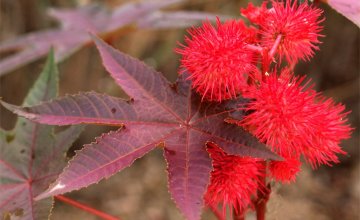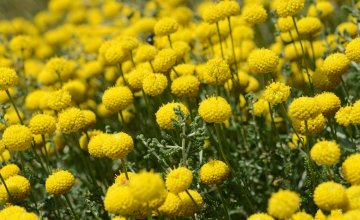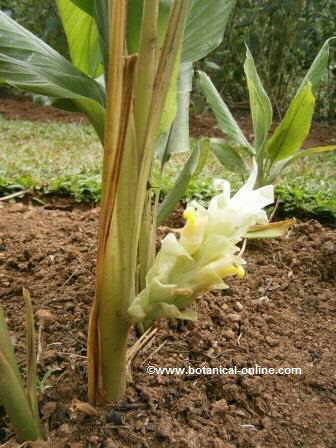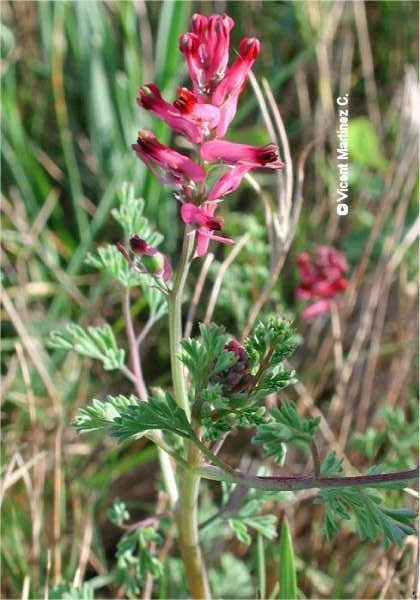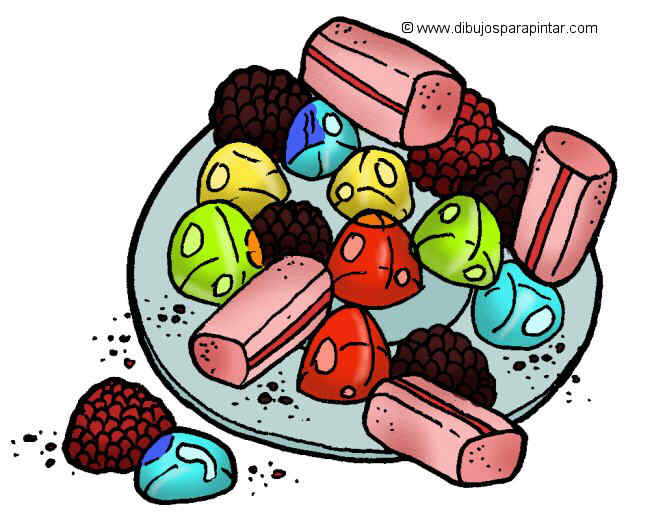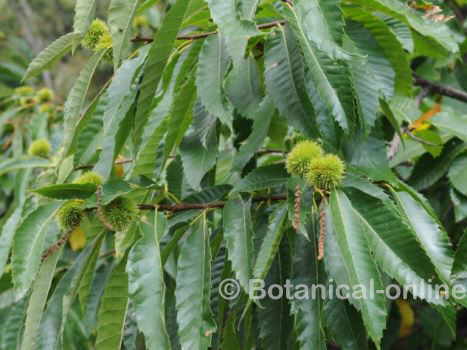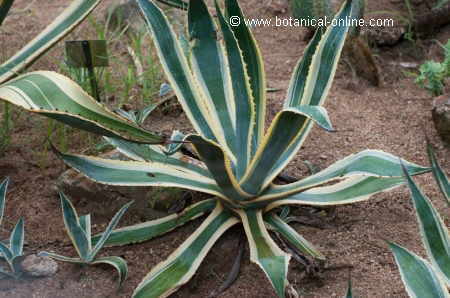Contents
Cellular respiration in plants
Why do plants respire?
Respiration is a necessary process in all living beings. Respiration allows cells to produce the energy necessary for living beings can perform its vital functions (growth, reproduction, transport nutrients, defense, etc).
Through respiration living beings also expel waste substances from the cells. When respiration takes place, living beings consume oxygen and expel carbon dioxide (CO2).
Like animals, plants respire. Respiration in plants is a gas exchange between the plant and atmosphere. Plants take oxygen from the atmosphere and use reserves of carbohydrates to expel carbon dioxide and water in vapor form into the atmosphere..
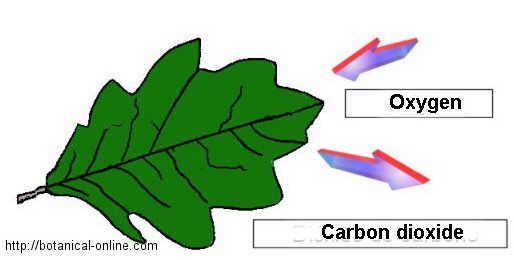
Plant respiration diagram
Where do plants respire through?
This process is performed through openings of the leaves and green parts of the plant, called stomata, and another series of openings in the bark of stems, called lenticels or roots (root hairs).
How do plants respire?
Respiration in plants would be a kind of process opposite to photosynthesis: In photosynthesis a plant obtains carbon dioxide and expels oxygen; In tthe respiration process a plant takes oxygen and releases carbon dioxide.
Plants need chlorophyll for photosynthesis, so many trees that lose their leaves in winter fail to perform this function. However, the plants still respire both in winter and in other seasons.
When do plants respire?
While photosynthesis is performed only for the day, respiration takes place both day and night. The plant respiration produces perspiration or water loss. When water is scarce in the atmosphere plants have the ability to close the stomata to keep water.
* Related information: Photosynthesis
![]() More information on plants.
More information on plants.

